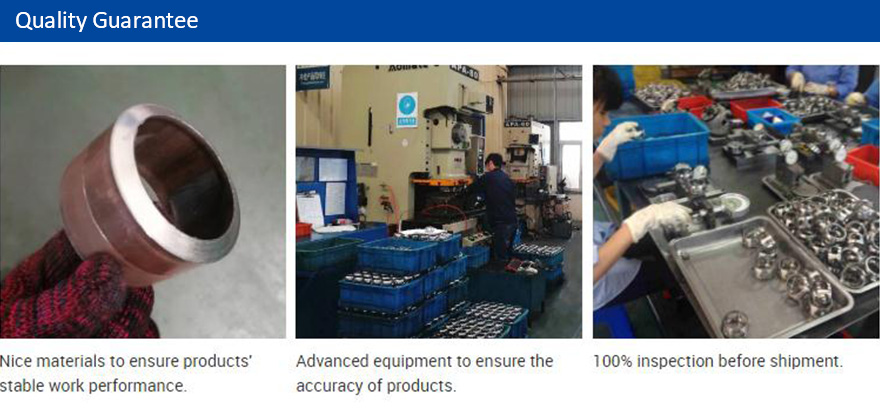A drive shaft, usually called a cutting shaft, cutting drive shaft, drive-shaft, screw shaft, cardan shaft, or Cardan drive shaft is an element for transferring rotating force and torque from a machine part to a stationary part, usually a drive. It connects the output shaft of a machine with the input shaft of the part. The shafts are available in different sizes to meet the varying requirements of different machines. Shafts also vary in the amount of torque they can transmit, and the way they transmit that torque.

There are three types of drive shafts: reciprocating, rotary-screw, and fixed. A fixed joint is formed by joining two pieces of a shaft with no space between them. This type of joint is stable and can withstand a high torque output. It is often used in high-performance equipment, where maximum torque is needed.
A reciprocating drive shaft has two moving parts: a case-head and a drive assembly. The case-head moves back and forth relative to the axle shaft through a ball bearing. Because the case head moves, the axle shaft vibrates, which generates sounds known as rubbing noises. The sound produced by the case-head and the axle shaft are separated by a spacer. The two separate sounds are often combined into a single continuous noise, referred to as a "chirping" noise.
Rotary-screw drive shafts operate with two screws. The rotation of one screw creates a torque signal that causes the other side of the drive shaft to rotate. When the torque is removed, the screws allow a momentary relaxation of the torque. As the tension is released, the remaining torque is transmitted through a gearshift. This type of design produces minimal vibration.
Direct drive shafts have no connection to the transmission or each other and are usually mounted on the outer limit of the engine intake manifold. They are constructed so that the shaft and the propeller shaft can rotate in almost any direction. Unlike rotary-screw drive shafts, there is no spacer or other material to reduce friction. Because there is virtually no transmission or engine noise, direct drive shaft designs are used for racing trucks and Formula 1 cars. However, direct drive shafts are extremely strong and produce very little torque.
Racing vehicles require a constant torque stream to operate. This requirement causes the RPM (RPM) of the vehicle to decrease when the tire is compressed. Due to the lack of a crankshaft, the transmission and the engine are often forced to work harder to maintain constant torque levels. When an owner of a high performance vehicle is not pushing his vehicle to the limits of its capabilities, the vehicle will run much more smoothly because the engine is not being pushed to the point of excessive wear and tear.